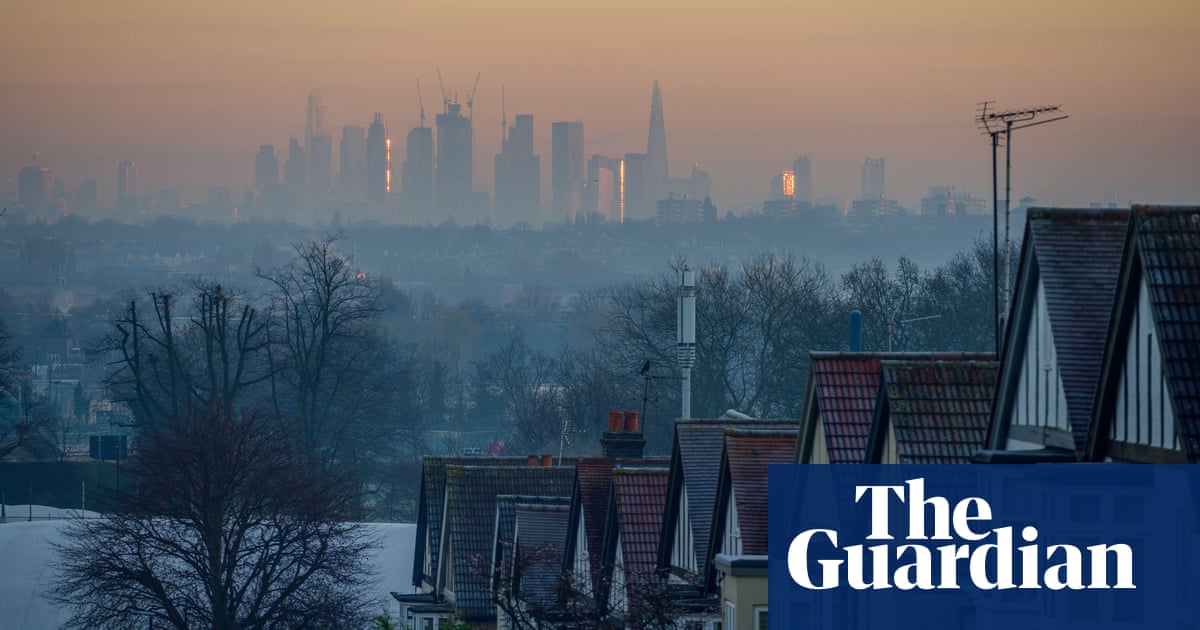
Measures to tackle illegal air pollution, which kills tens of thousands of people a year in the UK, are being delayed or shelved despite growing evidence of the health risks.
Several local authorities have deferred or put a hold on the introduction of clean air zones, which are designed to reduce toxic air from traffic in town and city centres.
The continued delays come as support grows for a call by the mother of Ella Kissi-Debrah for a new clean air act to reduce toxic air and put tougher World Health Organization targets on pollution into law.
Coroner Philip Barlow made legal history on Wednesday when he ruled that air pollution was a cause of the death of nine-year-old Ella in February 2013. His ruling is thought to be the first making a direct causal link in an individual death.
Barlow said the child, who lived in south London, was exposed to nitrogen dioxide and particulate matter pollution in excess of World Health Organization guidelines, the principal source of which was traffic emissions. Ella died of acute respiratory failure, severe asthma and exposure to air pollution, he said.
Nitrogen dioxide (NO2) levels from traffic in the UK should have been brought within legal limits in 2010. But 10 years on, the most recent data shows that 33 out of the 43 areas which are measured still exceed the limits.
The UK does comply with legal limits for particulate matter (PM 10 and PM 2.5), but does not comply with the more stringent WHO limits.
Meanwhile, a network of clean air zones across the country continues to be delayed. The government was told by judges to bring air pollution levels within legal limits in the shortest possible time, after being taken to court three times by Client Earth, an environmental charity.
Ministers directed 37 local authorities to develop plans for clean air zones by the end of 2018 or mid-2019, but more than half of them have yet to submit any details.
Only Bath and Birmingham are committed to introducing clean air zones next year.
Bath will be the first city outside London to bring in the measures when it launches its zone in March next year.
Birmingham’s large clean air zone, where a charge will be imposed on owners of the most polluting private cars as well as for other vehicles which do not meet required emissions standards, will come into force in June.
But Bristol, Leeds, Rotherham and Sheffield are among local authorities who are reviewing their plans, citing Covid 19 and dips in pollution levels as the reasons.
Leeds city council said a new clean air zone was no longer needed: “We are continuing to reduce our city’s emissions from transport with a range of bold and innovative schemes to transform the city’s transport and the way residents travel,” it said.
However, despite dips in air pollution during the first lockdown, the most recent data shows that air pollution levels are back to pre-Covid illegal levels in most urban areas.
Support for a new clean air act that would put into law the tougher WHO targets for particulate matter is growing among politicians.
Luke Pollard, the shadow environment secretary, called for cross-party support to drive air pollution up the agenda. “Air pollution is a silent crisis that has gone on for too long. We are not seeing the urgency from ministers on this,” he said.
Pollard said as a first step towards a new clean air act, or “Ella’s law”, Labour was tabling another amendment to the environment bill currently going through parliament to put WHO targets on air pollution into law.
“We want a requirement that the government must adopt the WHO air quality targets and to set in train a process to push air quality up the priority list,” he said. The government threw out a similar proposal in March.
Philip Dunne, the Conservative chair of the environmental audit committee, said MPs on the committee had supported taking action.
“Our predecessor committee recommended that a clean air act be introduced and that a national health campaign should be launched to highlight the dangers of air pollution,” he said.
“We must make sure that … tangible action is taken to clean up the air that we breathe. No other family should have to experience what Ella’s family is going through.”
Andrea Lee of Client Earth warned that legal action was a possibility to force action.
“We are not going to shy away from the prospect of further legal action if that is what it takes,” she said.
“It is a worrying picture at the moment. It is disappointing how many local authorities and local leaders have not taken up the challenge and led on this.”
Lee said the main responsibility, however, lay with government to drive through measures to reduce illegal air pollution levels.
A government spokesperson said: “It is crucial that we drive down high levels of pollution, and we are providing £880m support to local authorities to tackle NO2.
“Local authorities have access to a wide range of options as they develop plans to address roadside pollution in a way that meets the needs of their communities.”
Jenny Bates, an air pollution campaigner at Friends of the Earth, said: “New legislation is certainly needed, and the key opportunity is the upcoming environment bill.
“This must include binding targets to meet WHO guideline levels for the most dangerous fine particle matter air pollution, to be met by 2030 at the latest.”












